Discover the craftsmanship behind this bergamot scent
Acqua di Parma’s new bergamot scent, Bergamotto di Calabria, is an ode to traditional Italian craft and a citrussy sensory hit
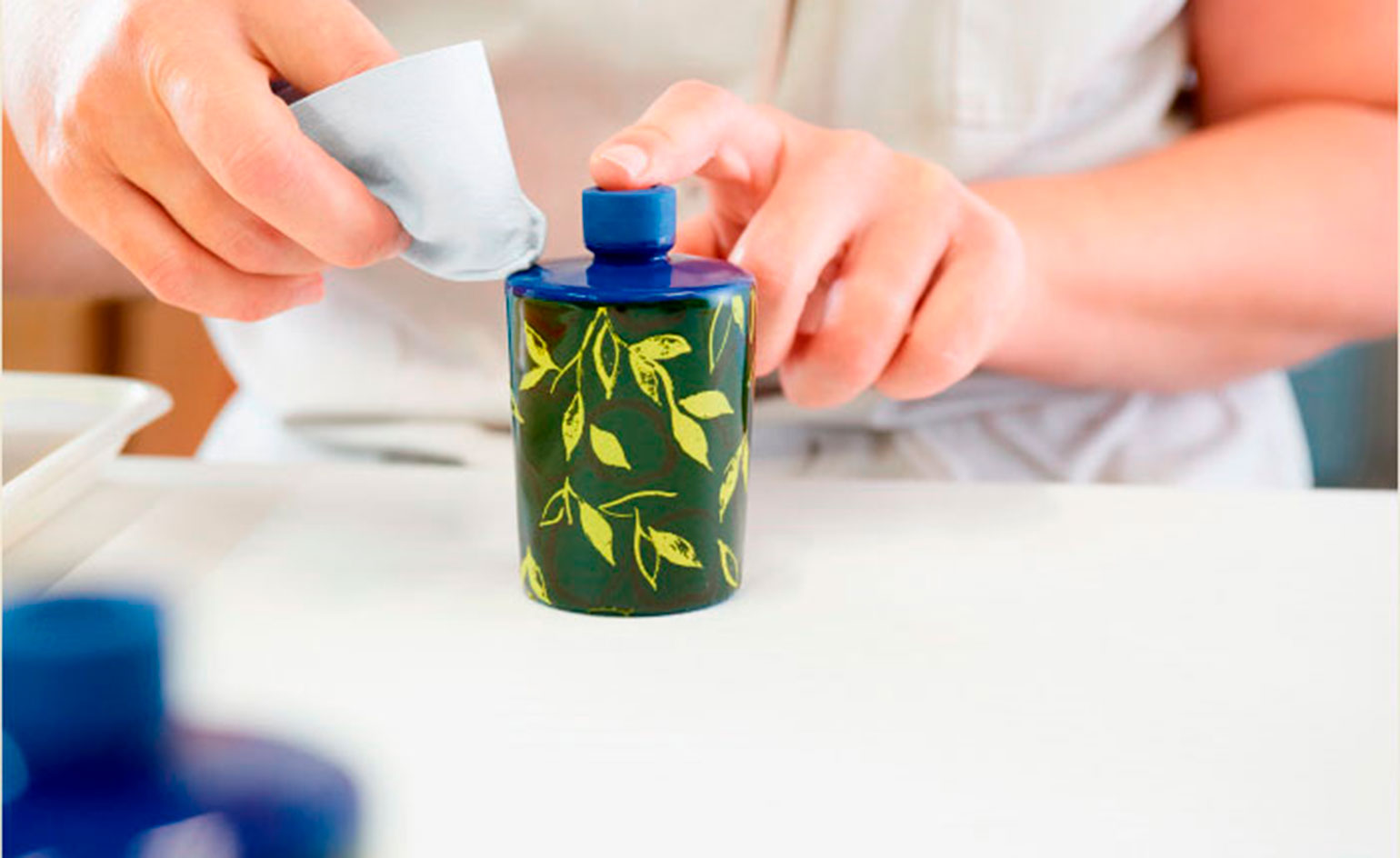
Since its beginnings in 1916, Acqua Di Parma has worked to preserve the traditional craft techniques of the Italian micro-territories. This has manifested itself in products made only from locally sourced ingredients, iconic yellow boxes that are hand-embossed in Parma, razors and brushes made in some of the oldest workshops in Florence, and glass bottles made by Murano glassblowers.
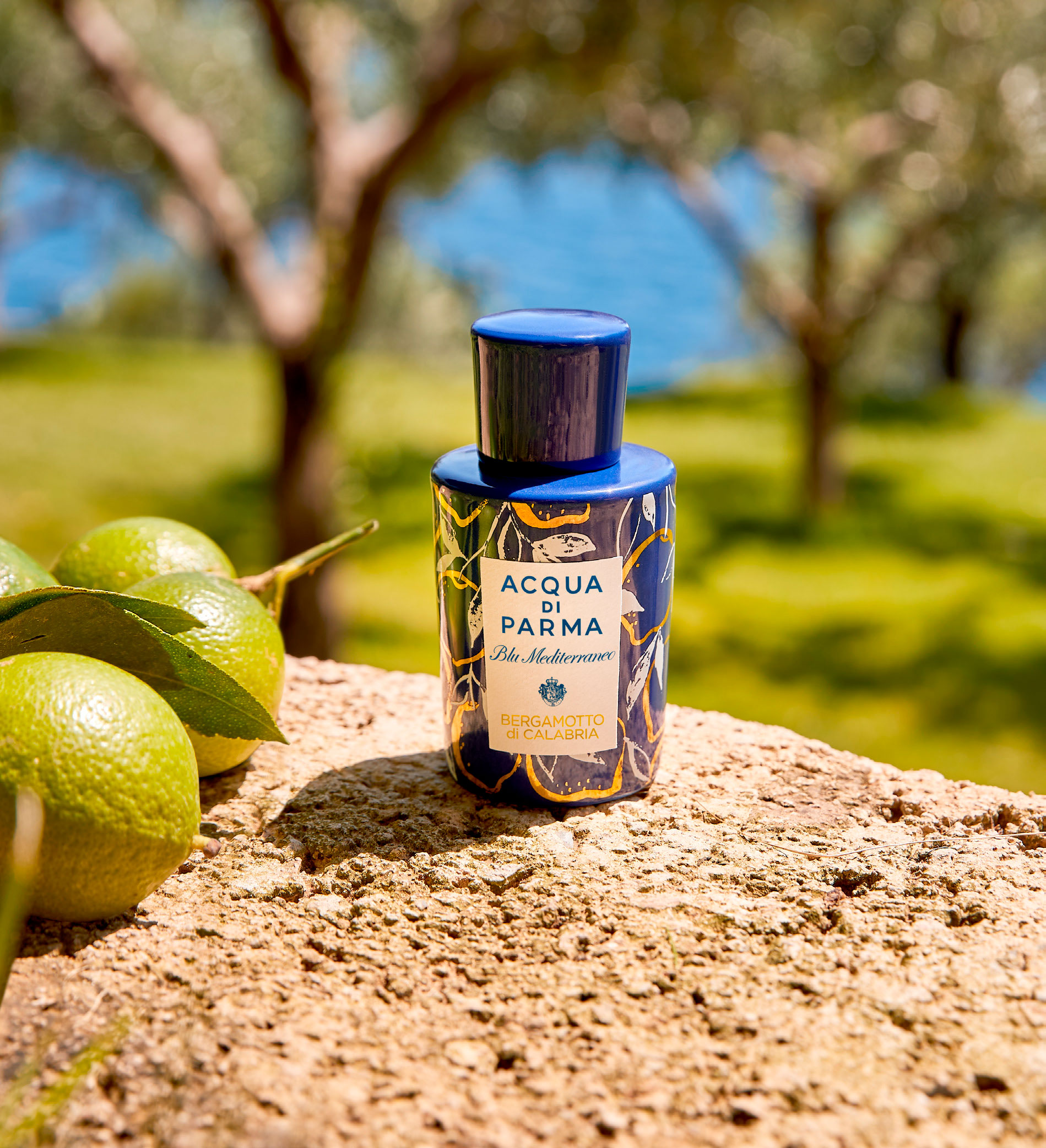
While tradition has always been integral to Acqua di Parma, the brand's latest fragrance goes further than any of its previous endeavours.
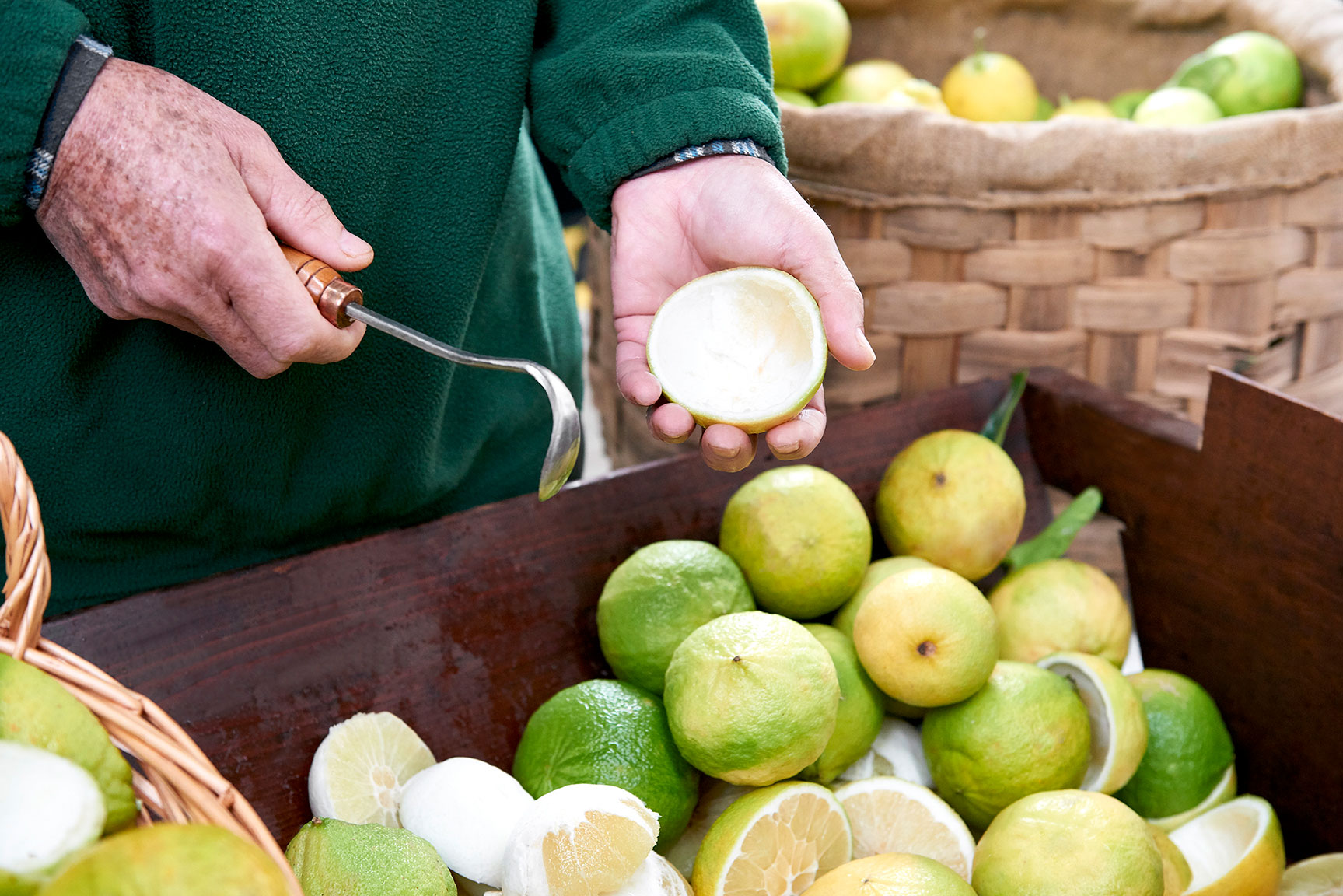
The bergamot fragrance is extracted from the citrus fruits through a process known as ‘sponging', which is practised by a small group of Calabrian artisans. It requires the use of a small, spoon-like utensil called a ‘cavatore’, which separates the bergamot orange skin from the pulp. The bergamot rinds are then manually rubbed on sea sponges, which absorb the fragrant essence.
The sponges are hand-squeezed into a container, with the resulting liquid forming the central ingredient of the Bergamotto di Calabria scent.
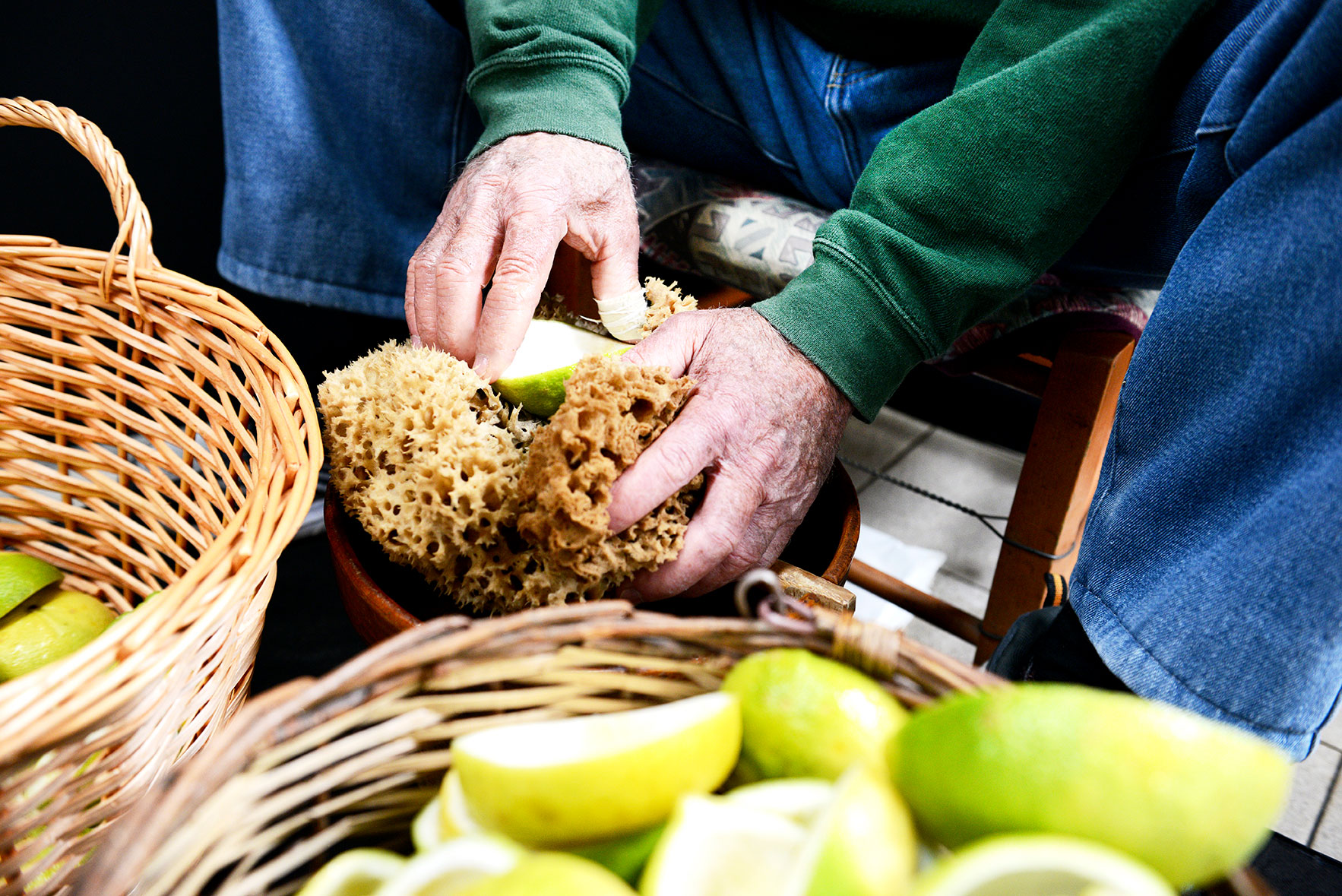
Sponging demands a great deal of skill and is remarkably time-consuming, with one day of hard work by two artisans producing only about 4kg of essential oil. Yet, the results are incomparable. One spritz of Bergamotto di Calabria is its own small sensory explosion of bright citrus. You practically see yellow when you smell it.
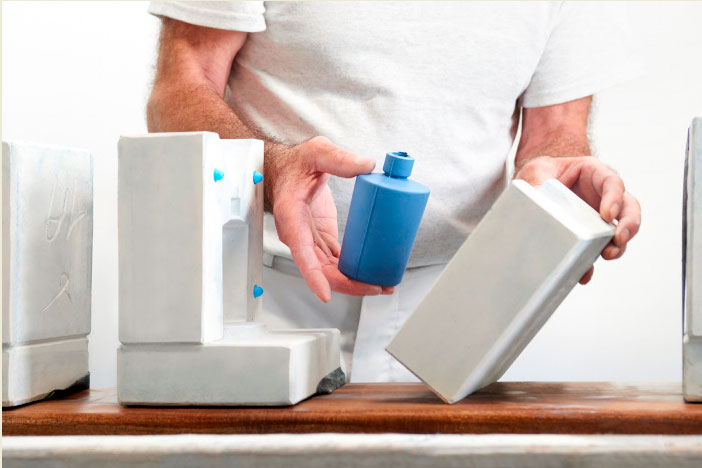
The same attention to craftsmanship is extended to the Bergamotto di Calabria bottle production. The porcelain mix is poured into a ceramic mould, left to sit for 30-40 minutes, and then hand-smoothed before it is baked for eight hours. The solid bottle is hand-painted with images of bergamot oranges and vines, and then a label is applied, made from waste powder from marble quarries.
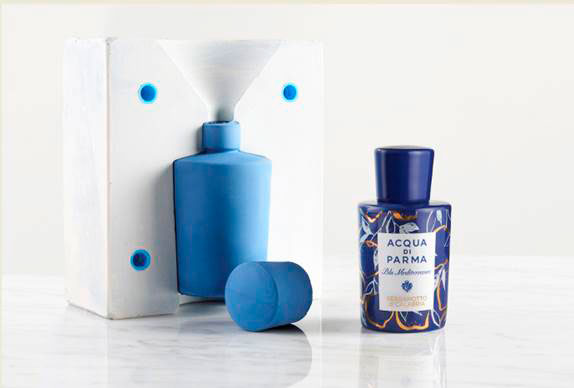
The final product is a one-of-a-kind cologne, a sort of dressing-table monument to the history of Italian craftsmanship that is worth keeping long after the last spritz.
Receive our daily digest of inspiration, escapism and design stories from around the world direct to your inbox.
INFORMATION
Mary Cleary is a writer based in London and New York. Previously beauty & grooming editor at Wallpaper*, she is now a contributing editor, alongside writing for various publications on all aspects of culture.
-
 The Barbican is undergoing a huge revamp. Here’s what we know
The Barbican is undergoing a huge revamp. Here’s what we knowThe Barbican Centre is set to close in June 2028 for a year as part of a huge restoration plan to future-proof the brutalist Grade II-listed site
-
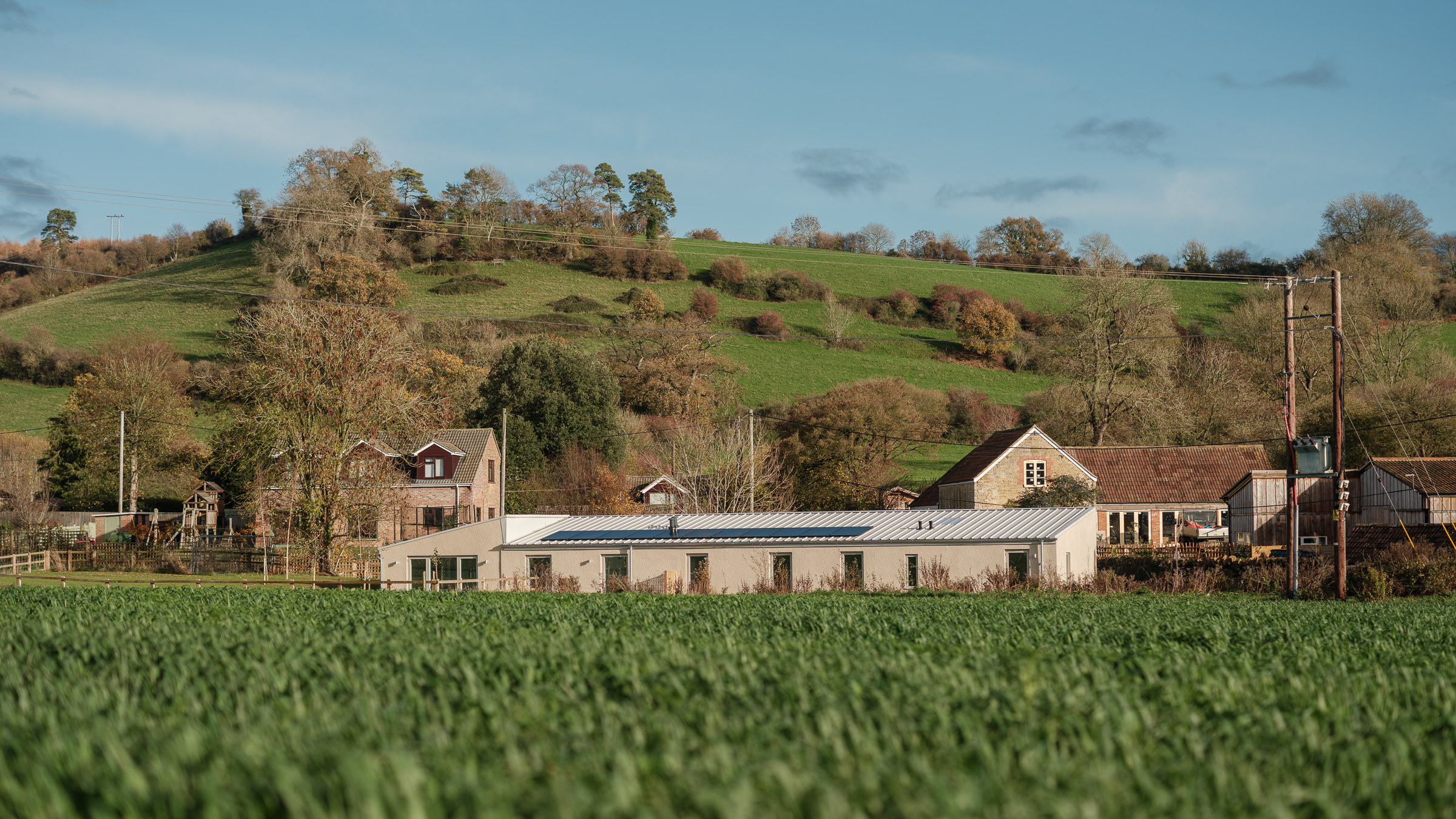 A former agricultural building is transformed into a minimal rural home by Bindloss Dawes
A former agricultural building is transformed into a minimal rural home by Bindloss DawesZero-carbon design meets adaptive re-use in the Tractor Shed, a stripped-back house in a country village by Somerset architects Bindloss Dawes
-
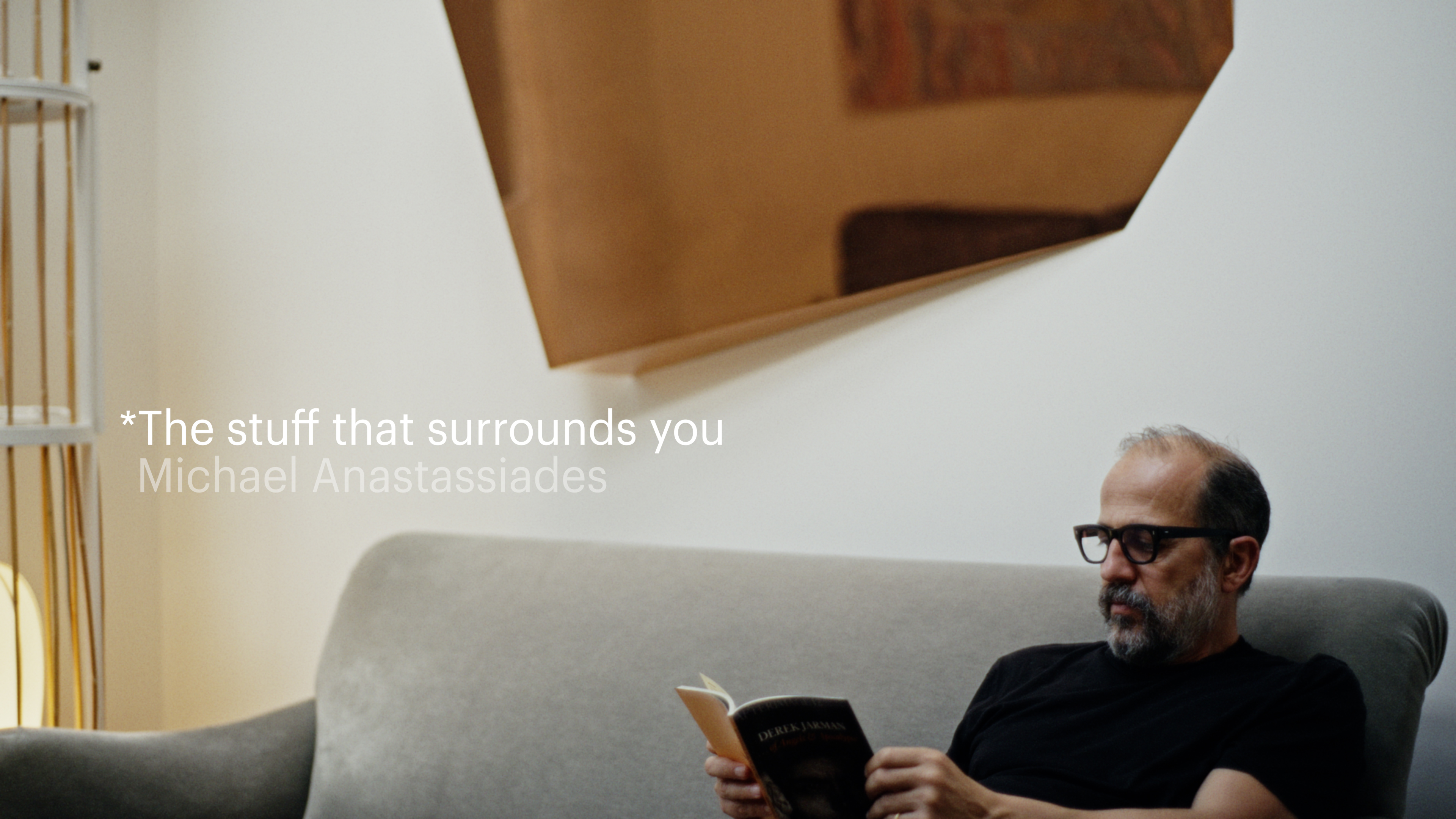 The Stuff That Surrounds You: Inside the home of designer Michael Anastassiades
The Stuff That Surrounds You: Inside the home of designer Michael AnastassiadesIn The Stuff That Surrounds You, Wallpaper* explores a life through objects. In this episode, we step inside one of the most considered homes we've ever seen, where Anastassiades test drives his own creations
-
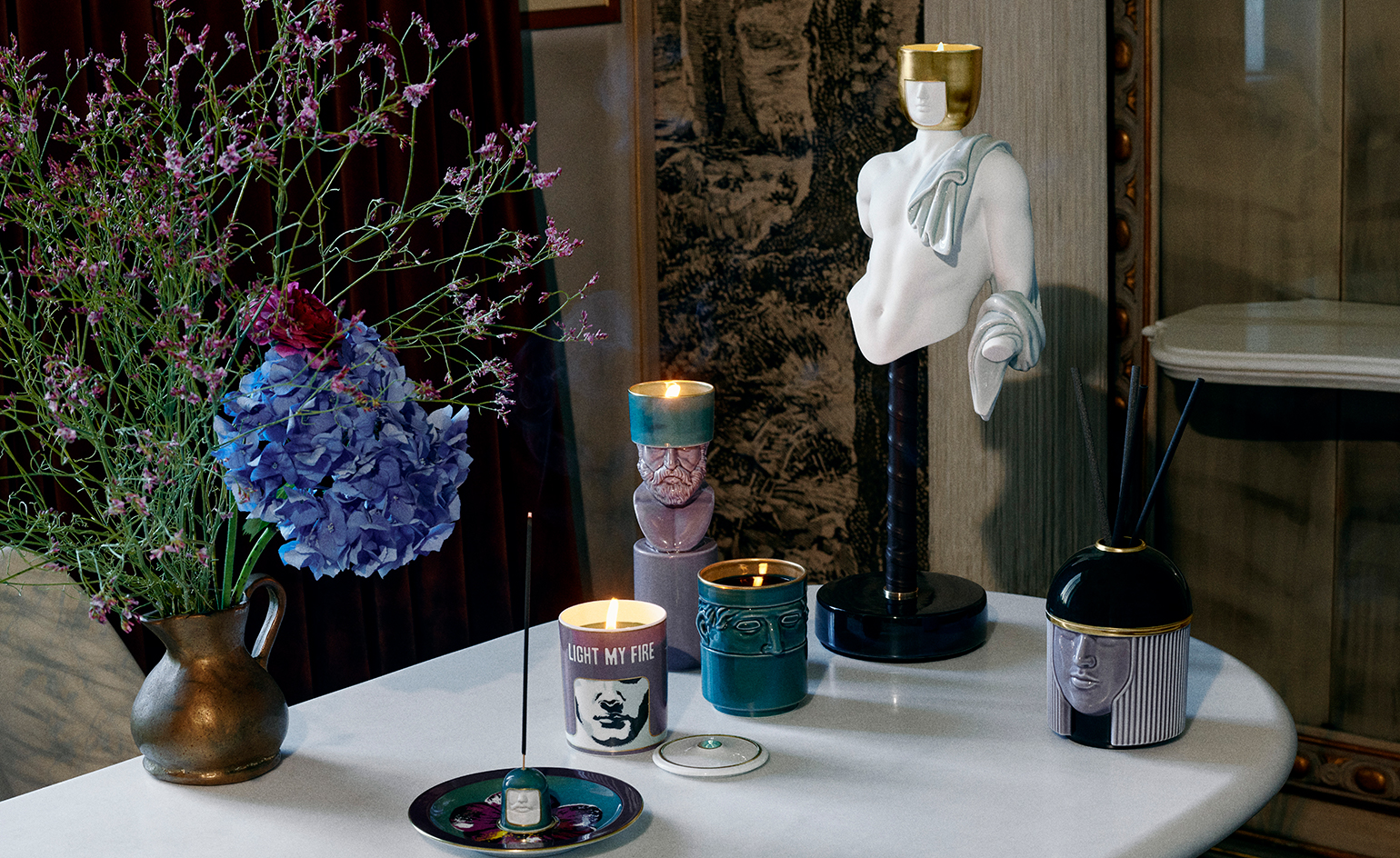 Ginori 1735 launches home fragrances inspired by Catherine de Medici
Ginori 1735 launches home fragrances inspired by Catherine de MediciItalian porcelain company Ginori 1735 has collaborated with designer Luca Nichetto for its first ever home fragrance line
-
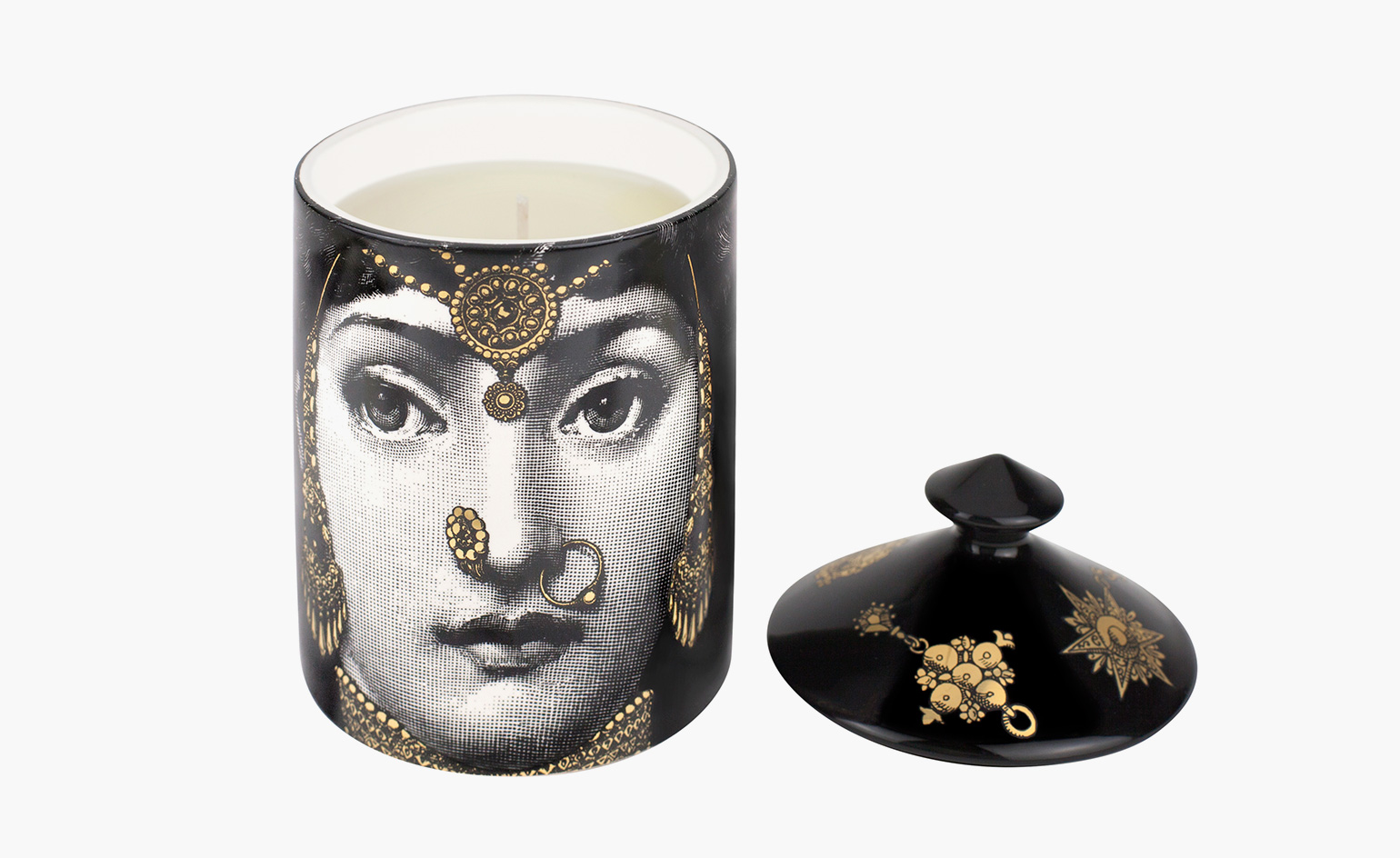 Winter warmer: Fornasetti Profumi’s alluring ’Misterio’ scented candle
Winter warmer: Fornasetti Profumi’s alluring ’Misterio’ scented candle -
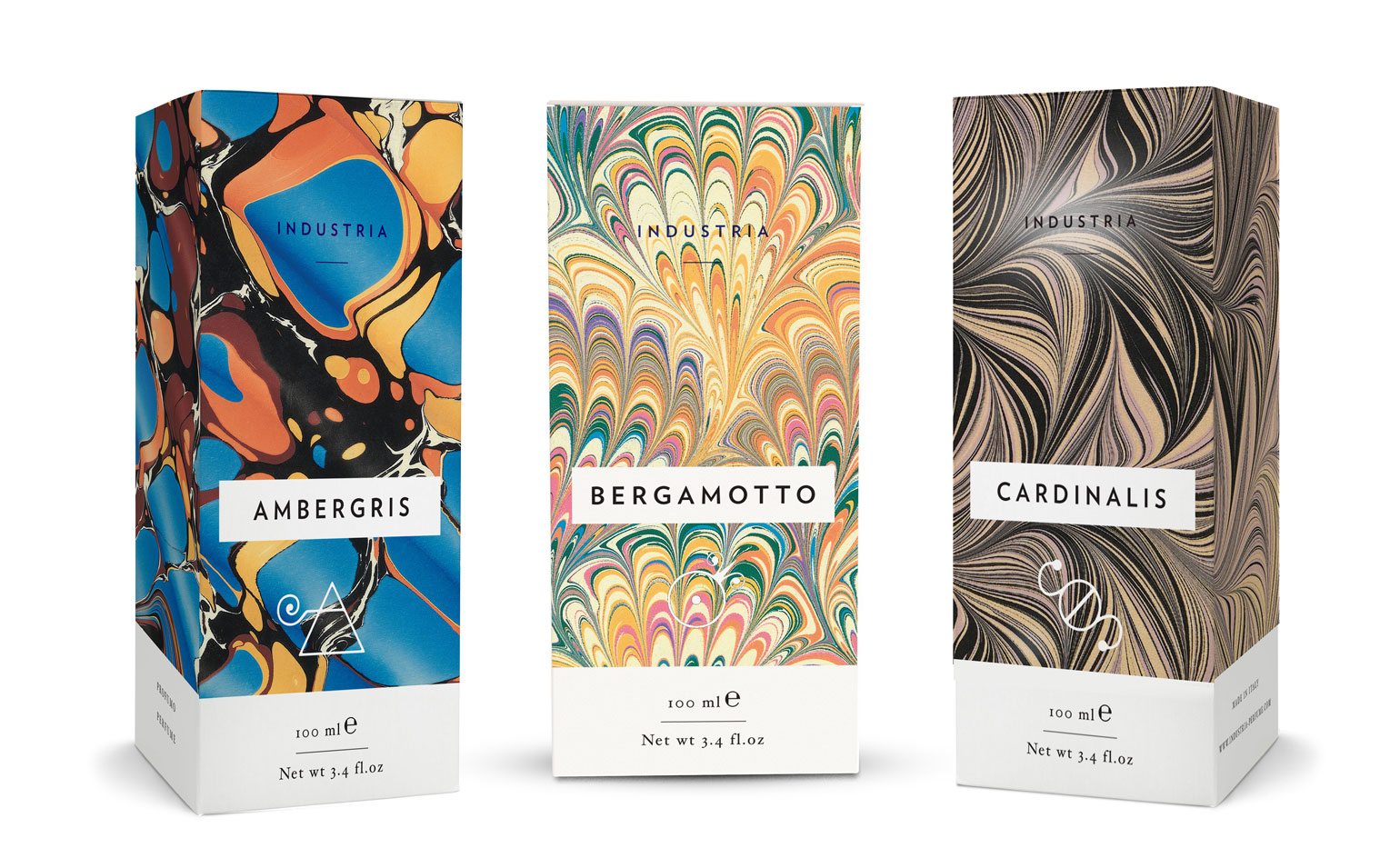 Making scents: A historic waxworks broadens its reach with Italy-inspired fragrance collection
Making scents: A historic waxworks broadens its reach with Italy-inspired fragrance collection